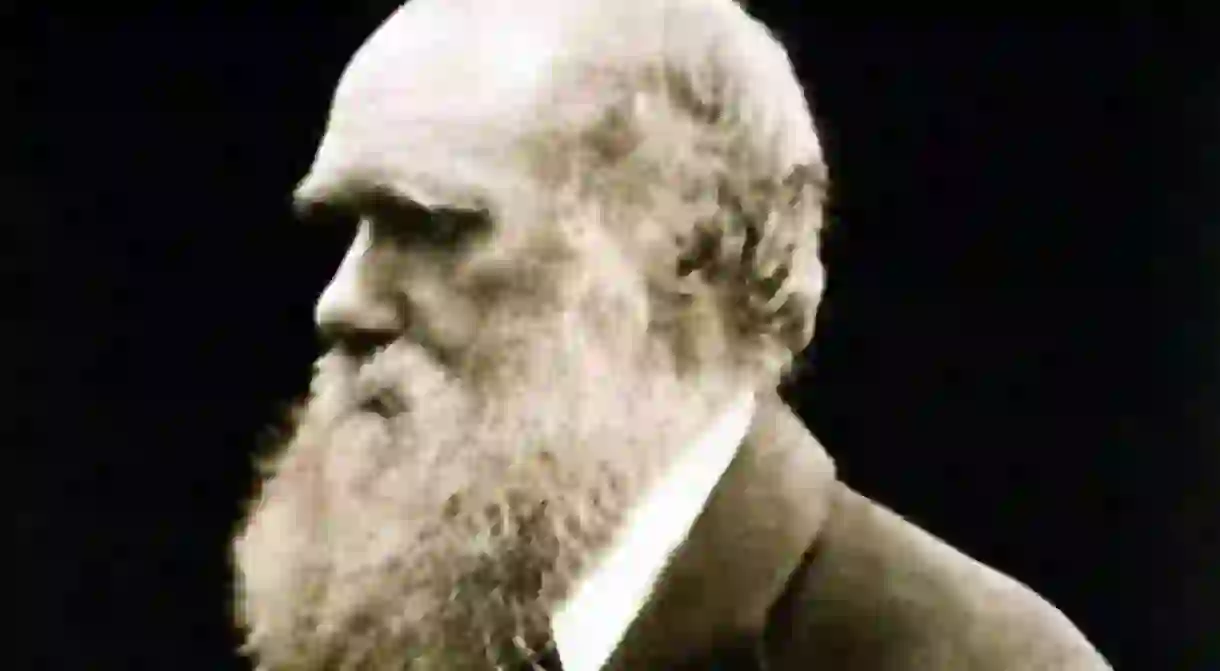Charles Darwin: The Myths and Mysteries Behind the Galapagos Islands

Charles Darwin joined the HMS Beagle in 1831, on a five-year voyage starting from England. He had no ambition to achieve any scientific breakthrough. The Beaglestopped in the Galapagos Islands, which made him notice the species that were similar from island to island, but adapted to their specific environment.
Darwin’s findings that led to scientific breakthrough
The Galapagos Islands were formed by volcanic eruptions and emerged from the oceans three million years ago. Knowing that, Darwin understood that because of the remote placing of the islands, it had to form a new beginning of life. Darwin wondered how life came to these islands, questioning how some of the species were not found anywhere else on the planet but still had similarities to species from the American continent. Travelling to different islands he understood that evolution happened on each island, producing new species and that the species better adapted to their environment have a better chance to reproduce and survive.
Mockingbirds
Darwin first arrived at San Cristobal Island on his voyage to The Galapagos Islands. His first collection of species was the San Cristobal mockingbirds. The collection of mockingbirds was a foundation of his Theory of Evolution. The following days Charles Darwin arrived at Floreana Island where he collected Floreana mockingbirds. That made him draw important conclusions for his theories that the birds adapted to the environmental features of the specific islands. He also recognised the similarities to mockingbirds he had seen in Chile, that strengthened his theory of the origin of the species.

Darwin’s finches
Darwin collected finches on the Santiago island, which was the last island he visited on his five-week stay in the Galapagos Islands. He could draw conclusions that they adapt to their eating habits and in a changing environment. The biggest differences of the Darwin finches are the shape and size of their beaks and the species’ adaption to food sources. The beak sizes have also been affected by El Niño/La Niña in the Pacific Ocean.

When Darwin returned to England he delivered the specimens he collected from the Galapagos Islands to John Gould, a well-known ornithologist at the time. He concluded that Darwin had collected 12 ground finches that had formed a completely new group. The findings ended up in the newspapers.

Giant tortoises
On his visit to Floreana Island, Darwin met the Vice Governor of The Galapagos Islands, Nicolas Lawson, who gave him important pointers on the differences between the shells of tortoises related to their native islands. The tortoises that live on a drier island have to stretch their neck to reach branches for food. This shell type is named saddle-back – the shell has a high peak at the front edge. The other shell-type is named dome-shape,where the tortoises living in a more moist environment can reach food on the ground. The shell is more rounded than the saddle-back. This observation was a groundbreaking point for Darwin, which led him to the theory of evolution.

Darwin’s visit to the Galapagos Islands was not expected to be a groundbreaking point in scientific research. His findings were more significant than thought, where 25 of 26 land birds shared similarities to species from South America, but were in fact new species not found any other place on the planet.













